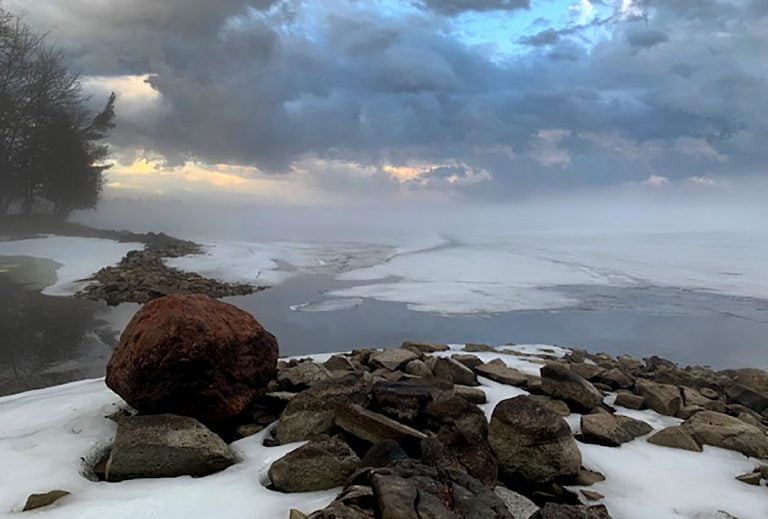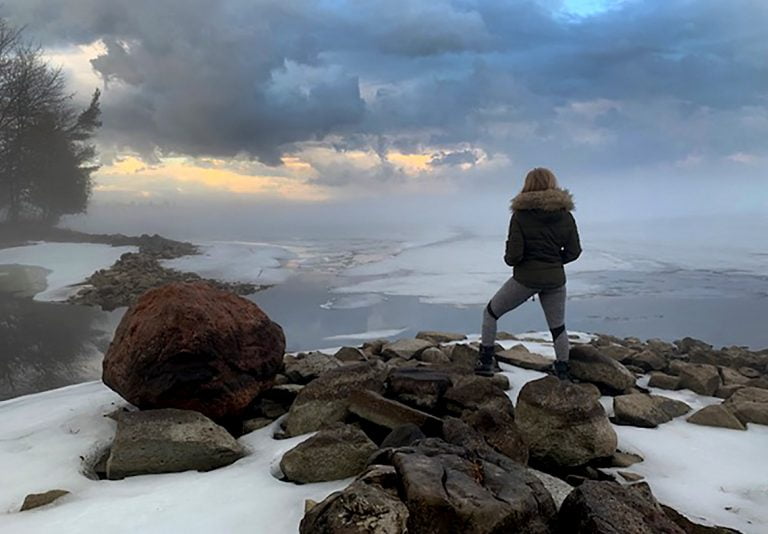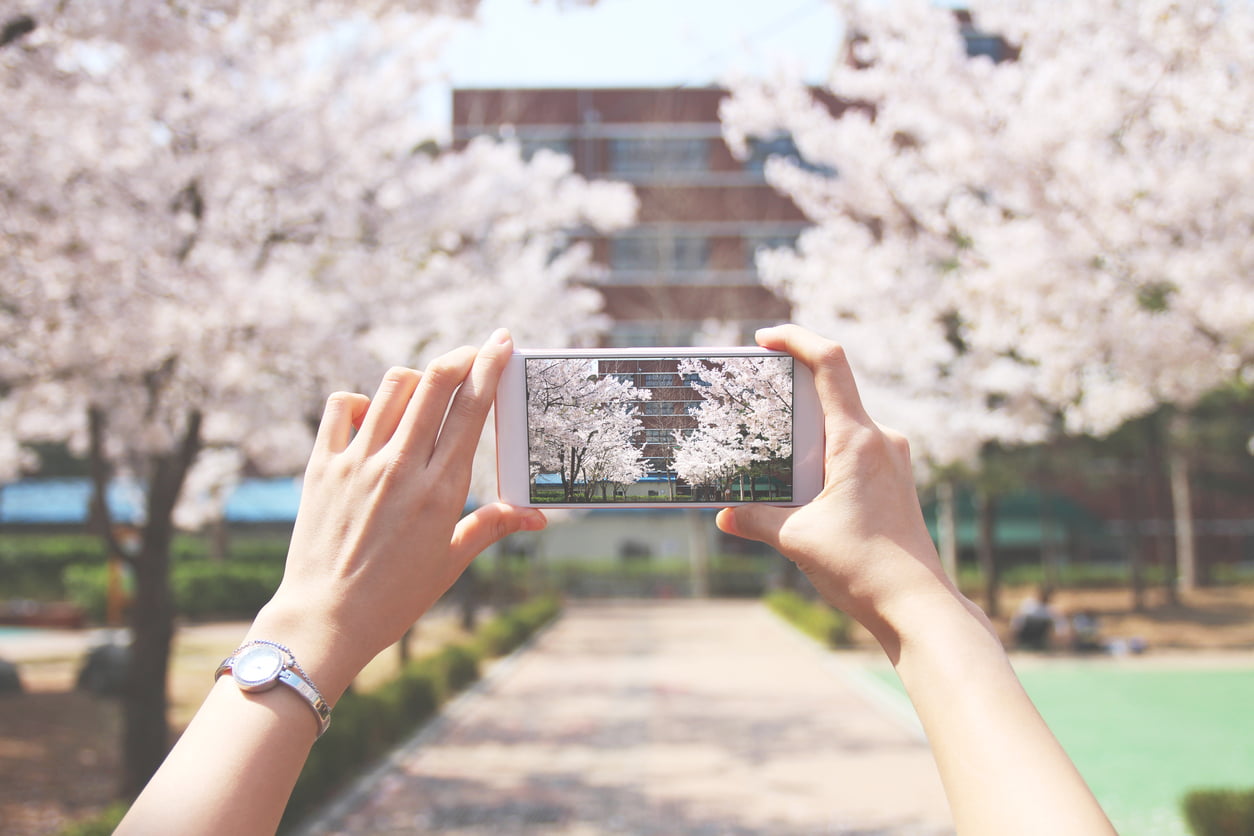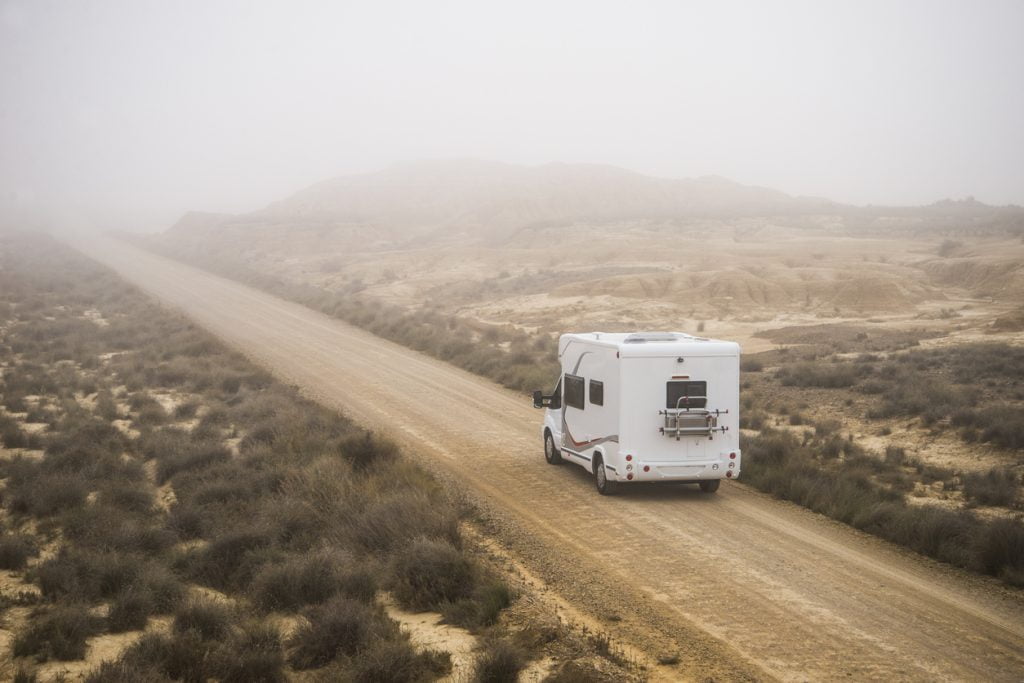Today’s modern cell phone is more than capable of taking high quality photographs that will satisfy the needs of most vacationers. While some would suggest that an expensive camera is the way to go if heading out on an extended holiday or camping trip, the truth is the cell phone in your pocket is up to the task of keeping a record of those special holiday moments.
First, the modern cell phone camera incorporates much of the same software that is built into much more expensive cameras. It is compact, portable, and less likely to be left behind on your adventures. Today’s cell phone camera photos are much bigger digital files than their predecessors. Bigger files (more megabytes) means better quality, particularly if you want to print an 8 X 10 of the kids for the grandparents.
Plus, the lens which your cell phone records the image through is of much higher quality today. Better lens, better photo. Plain and simple. Cell phone manufacturers are continually upgrading and building in more capabilities. Today a great deal of the photos you see online are taken with cell phones, even the ones on newspaper or magazine websites!
So are you ready to utilize this high tech piece of technology to do something other than text and talk? Not so fast. While your latest and greatest cell phone incorporates the newest technology to record quality images, there is still an integral part of the process that is equally as important. You pushing the button!
Here are some fundamental tips and suggestions to improve your skill sets.
Always remember to fill the screen of your cell phone camera with your entire picture. The fuller your screen the more digital information your camera records and hence the better quality of your photo. So make a habit of taking a step or two closer to your subject. It’s a little known fact that back when people used film cameras, your processor at Walmart or Costco would set up their printing machines to enlarge photographs by 20 percent. This was because people would not fill the camera’s viewfinder, which today is the screen on your cell phone.

Filled frame

Frame not filled
Always look around behind the subject matter on your screen to see everything you are about to photograph. Is there a lamp post sticking out of someone’s head? Is there a garbage can in the background? A quick look back there and it may be as easy as moving a little left or right to remove these distractions and improve your image.

Spontaneous photo

Posed photo
Most people tend to pose for photos. Now that’s okay for the family group shot with bride and groom at a wedding, but when you are trying to capture an image of the kids on the dock fishing or building sand castles, it’s better to sneak up on them and get that candid little moment. One of the greatest skill sets a good photographer can acquire is patience. The patience to wait for that perfect moment. And the kids on the beach? They will become bored with you and your camera pretty quick, compared to the enjoyment of building their angry bird castle in the sand. Learn to have the patience to wait for the better shot.
Try to position yourself so that the light on your subject matter is behind you. Photos shot with light behind your subject are referred to as “back lit”. The camera tries to adjust to all the light it’s looking at coming in from behind your subject, and consequently grandma and the kids are very dark in the photo. Of course if your trying to shoot a silhouette of a paddler at sunset, the above does not apply. In this case you want the camera to expose or set itself up for the sunset, not the subject in the canoe. Many of today’s cell phone cameras have a setting on them for just this type of photo. Understand that the software in cell phone cameras (or the automatic settings on digital cameras) is designed for average conditions, not extremes like looking into a setting sun. Your judgement of where the light is coming from and where you place yourself can make the difference between good photo and bad. Study the photographs you take and think about where the light was coming from in one photo to the next. Eventually you will see and understand what works best.

Photo with flash

Photo without flash
Use the flash on your cell phone camera only when absolutely necessary. Cell phone cameras today have a great deal of exposure latitude enabling you to take photographs in very low lighting conditions. A great example of this is shooting a campfire picture. Of course you want to see the mood of the campfire light. What quicker way to change what you are seeing than introduce a blast of white light from the flash? The same applies with the birthday party picture. The birthday cake candles are always better without the flash. Now if you are shooting wife or husband on the dance floor shaking it up like a teenager, you had best turn the flash on. That’s the only way you are going to freeze that kind of action in your photograph.
People always tend to outstretch their arms holding the cell phone for a picture, probably to see the screen better. Keep your elbows into your body, which gives the camera more support and there will be less camera shake. (Particularly with photos like the campfire picture)

Lighting at sunrise
Photography has always been and will always be, about the light. It is the light that makes a great photo, or great photographer for that matter. Try to use your camera in the early morning or late afternoon. The light on a sunny day at noon is very harsh coming straight down on to your subject matter. This creates harsh shadows (like under eyes) and the camera has difficulty determining what to set up for. Shoot that scenic view, canoe or kids on the beach, with early morning or late afternoon light, and you will be amazed at the difference!


Speaking of scenic photos, it often helps to put a person in the photograph of those vistas and landscapes of mountain ranges or desert cactus. People add life to a photograph and often give perspective to the sheer size of a mountain range.
Lastly, photography is not rocket science and often the pictures you take are simply your interpretation of what you see. When you are on the road, or take a trip, make a habit of getting your camera out and taking a picture every hour or two. Even if nothing presents itself that is particularly interesting to photograph. You will find your skill sets will improve at making quality images, when there are seemingly none. Ultimately you will have a record that tells the story bit by bit, mile by mile, of a wonderful family vacation to treasure for years to come.




